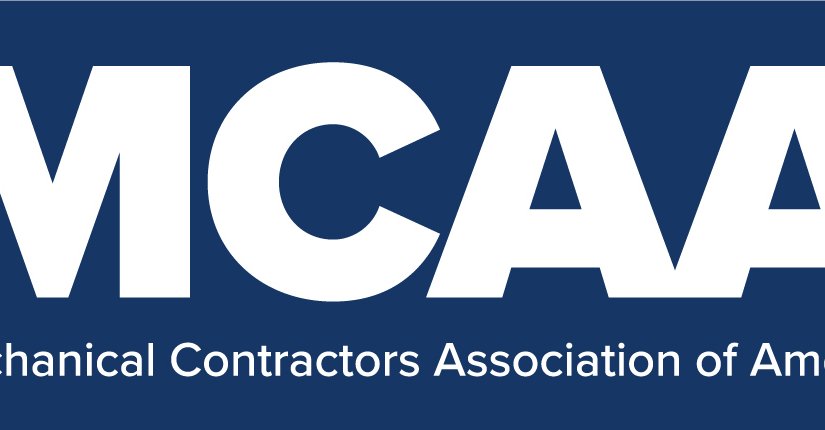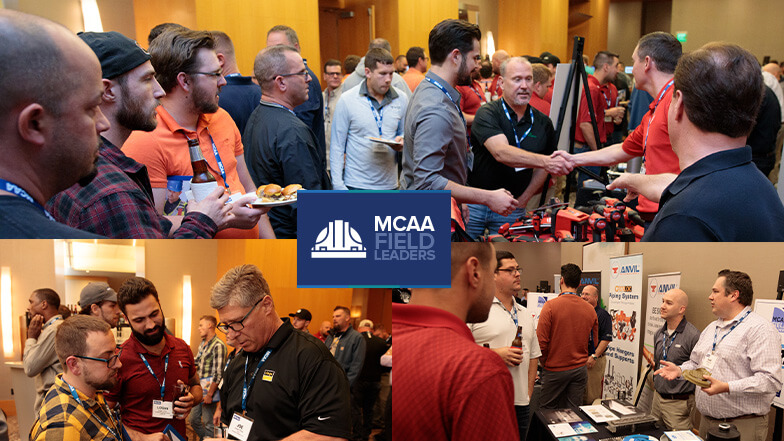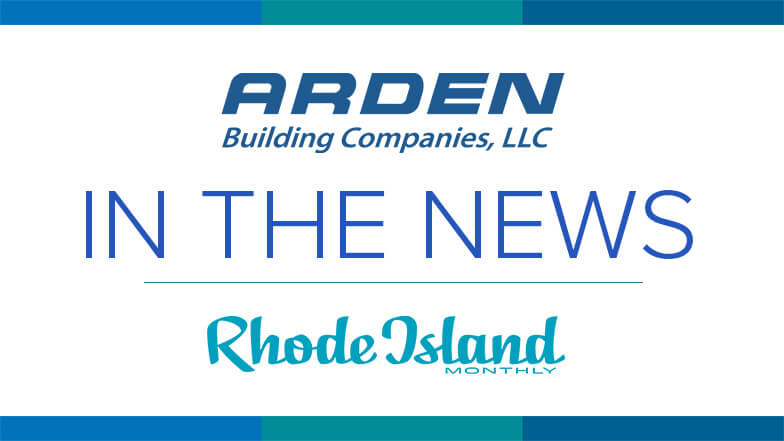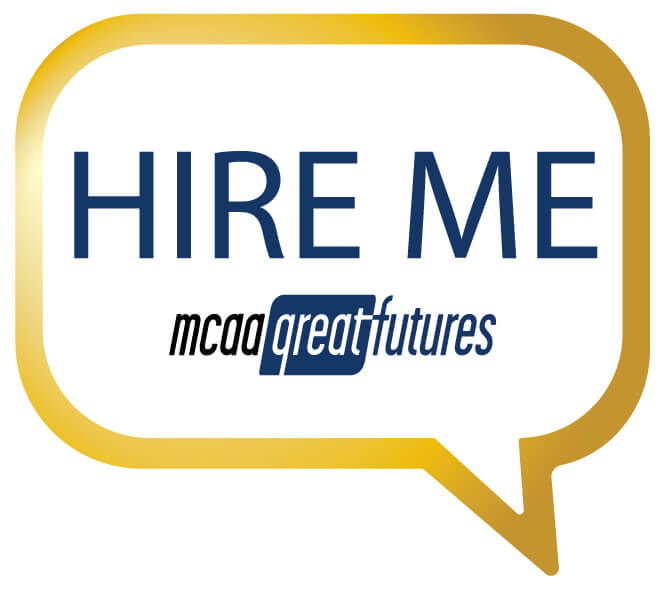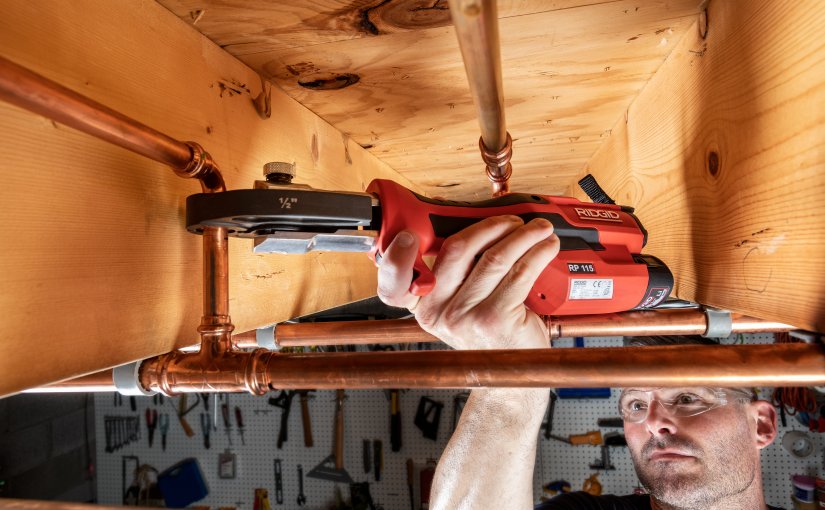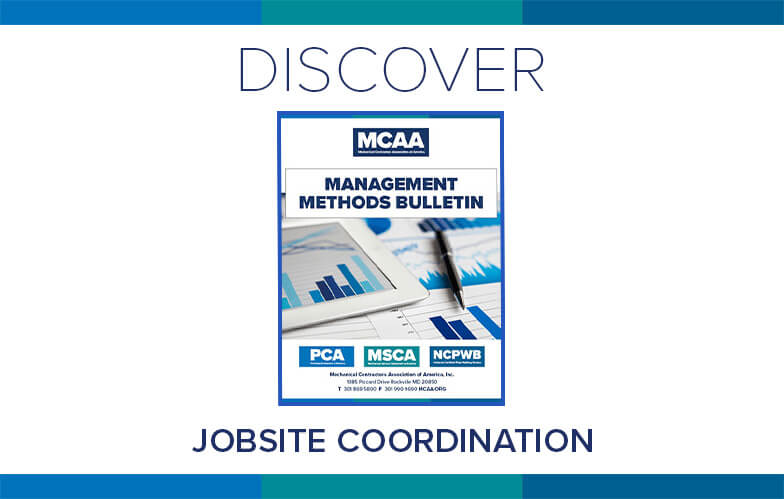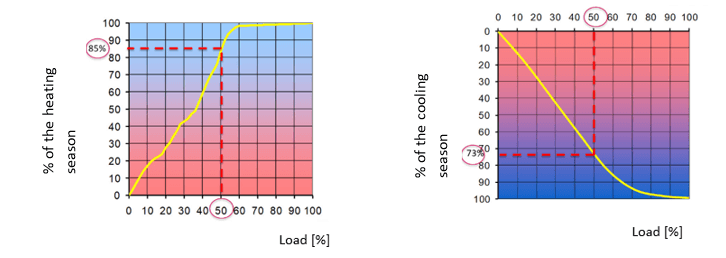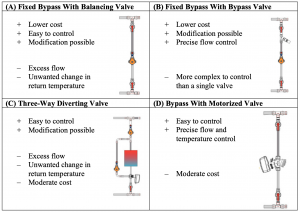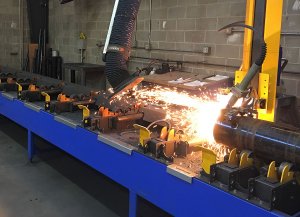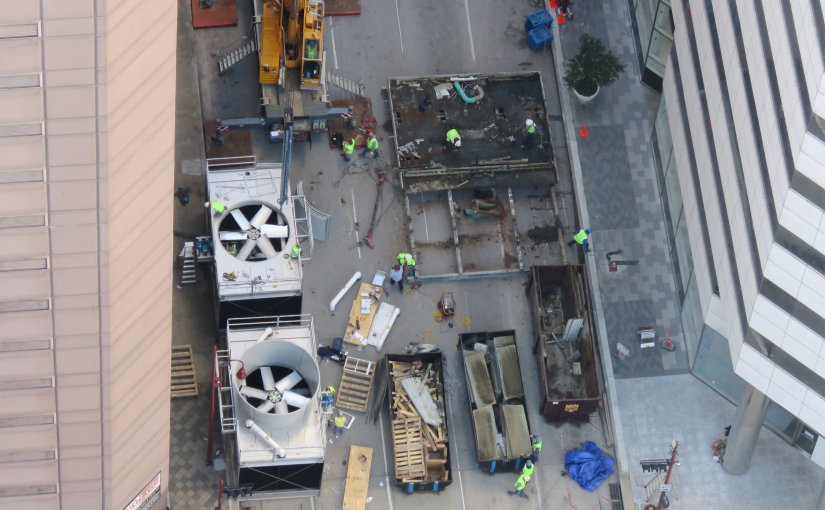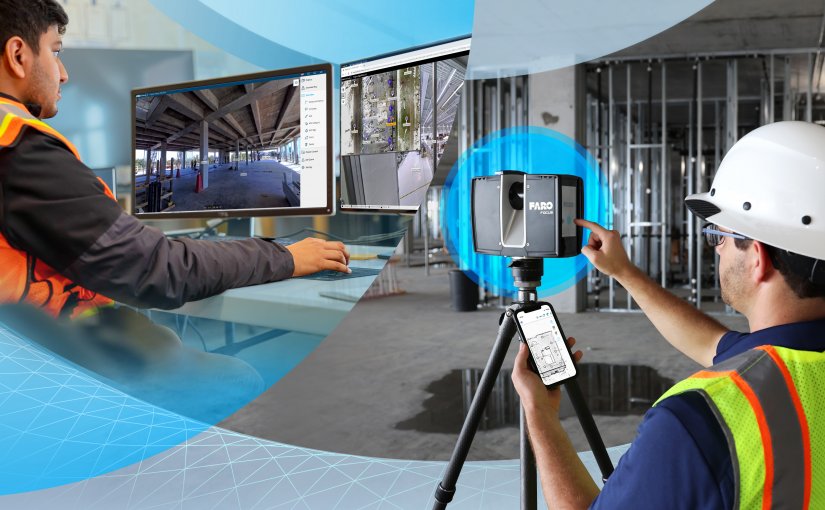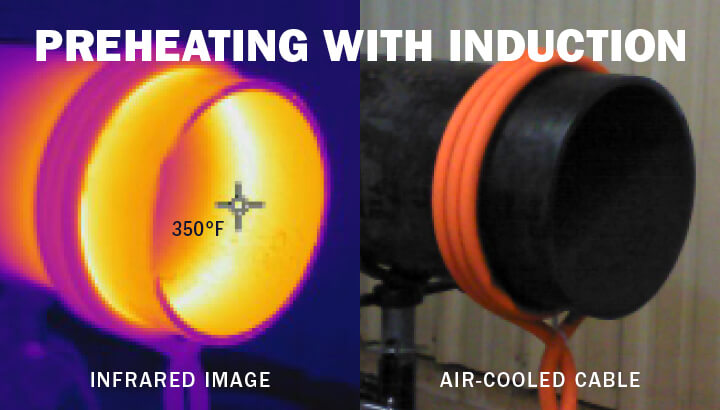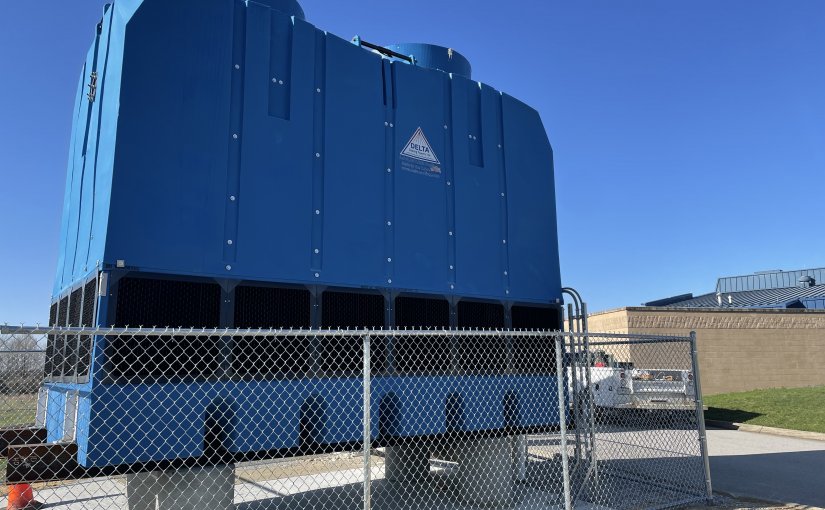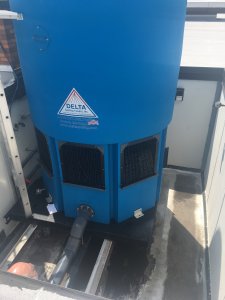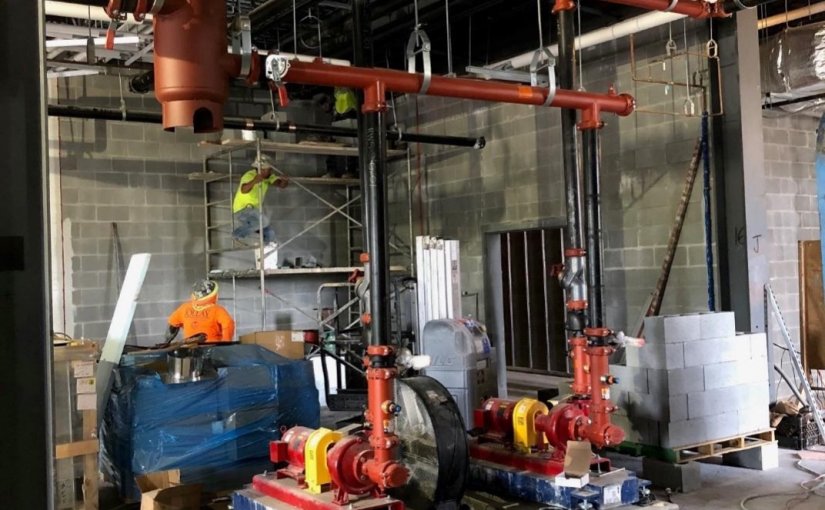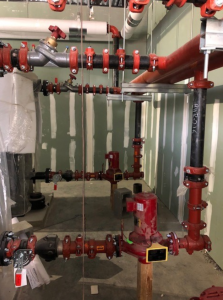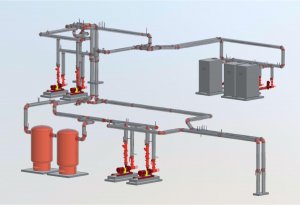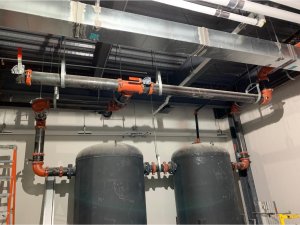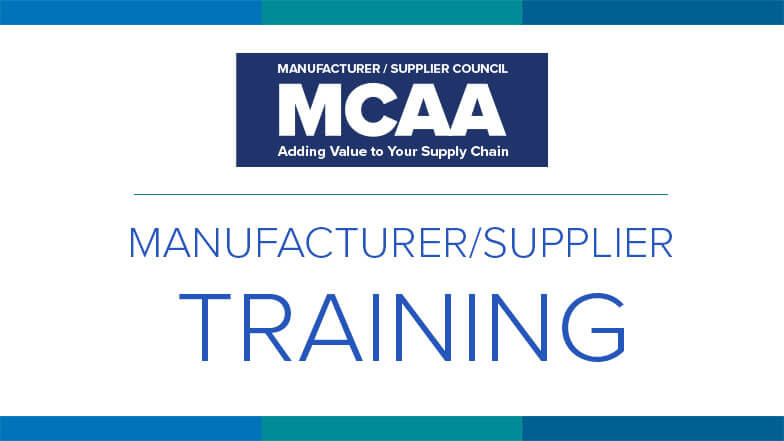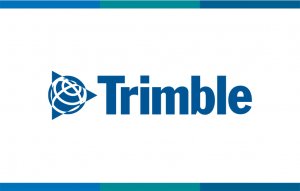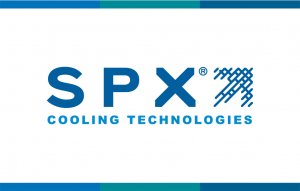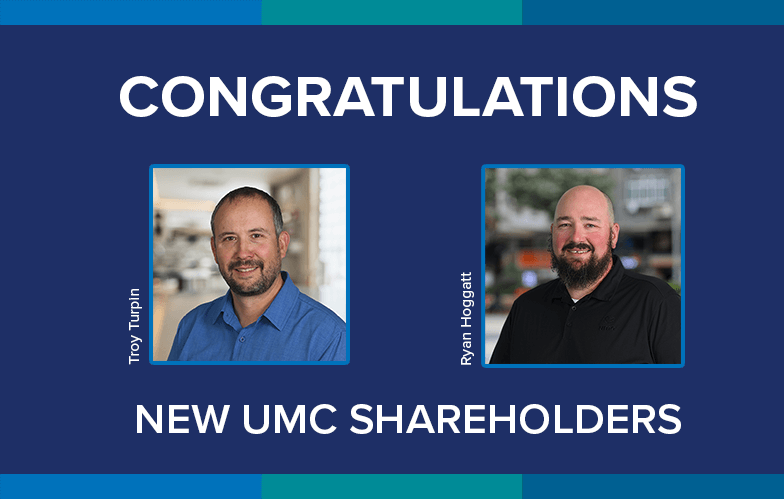By Frantz Belot, Ph.D.
President and Co-Founder, Tyfoom
With more than 70 million baby boomers set to retire by 2030—more than 10,000 each day—organizations need to rethink the way they capture and transfer knowledge before it is lost forever.
In fact, 42 percent of company skills are only known by one person.[1] Much of this information is mission-critical, proprietary, experiential, and unique. It is based on how employees apply what they have learned throughout their careers—and in the case of baby boomers, what has led them to be the most efficient and productive generation of workers the earth has seen.
Yet today’s training is getting lost on the next generation. Eighty-seven percent of millennials say that their corporate learning experience is boring and not relevant.[2] And, it’s not just millennials: one third of all employees say the training their organization provides is out of date.[3]
If learners don’t see training as relevant to what they do, they will become frustrated and it is more difficult to retain them. They will also forget what was taught, which is frightening considering that employees forget 70 percent of information after one day.[4]
Video-Based Microlearning
Video-based microlearning delivers highly engaging content in a way that ensures knowledge transfer. It differentiates itself from other forms of microlearning in a few significant ways. First, it simplifies rather than overcomplicates communication and training. Second, it uses the concepts of spaced learning and video content to provide a daily cadence and repetition of topics to improve retention—and confidence—in learners.
Video-based microlearning also allows organizations to have user-generated, manager-approved content, which can greatly enhance top-down communication and training. It will often be made available in the flow of work so employees can remember in the moment they need, but also in an on-demand library for when they forget.
Most platforms that provide video-based microlearning were developed on iOS or Android mobile devices—not a desktop computer—and as a result are designed to be mobile-first. This means they leverage the functionalities and behaviors that are inherent to smartphones. It also means that video-based microlearning is short—often under two minutes.
Video-based microlearning training modules don’t need to take 7–10 hours to create. Rather, they can be created in minutes following a simple step-by-step methodology that we created based on years of scientific research.
Using a Proven Methodology
By following the methodology below, organizations can quickly create and distribute video-based microlearning training for their organizations.
Step 1: Determine the Topic
First, identify the topic that requires training. You may want to understand what employees already know on the topic, where they can improve, what new skills need to be taught, or which old skills need review. Training topics are strategic, broad ideas that are important to your organization.
Some organizations will regularly survey their employees and managers to determine what skill sets are needed by managers and desired by employees.
Step 2: Isolate Best Practices
Next, break that topic down into several skills or best practices that can be taught. Don’t include anything that is unnecessary. Typically, asking top performers at your organization about the skills and best practices that make them top performers will help you identify and isolate these skills.
Each skill taught should have three or four main points that can be taught. If there are more, break them down into multiple lessons—unless they are processes, such as the steps of how to change a tire or importing information into a database, where a short list of steps is still brief.
Step 3: Outline in Small Chunks
The average attention span in humans is approximately 8.25 seconds.[5] Research shows that effective training takes about two minutes to ensure knowledge transfer. As a result, training should be short.
This is a good thing—and what employees want—in that it allows organizations to provide short bursts of useful information that is relevant and to the point.
To keep your training short, create a brief outline of the training that includes a brief one-sentence introduction that stresses the importance of the topic. Then, include three main “takeaways” that you want learners to remember. Then, close with a call to action asking them to implement what was taught.
A formal script is not needed, which saves time and builds credibility.
Step 4: Record the Video
Because your training video is less than two minutes, communicate only the information that is needed and in a way that is clear and easy to understand. Shoot the video in less than three takes, as the delivery of information will likely degrade and length increase.
For quick training and communications, you can use your mobile phone, which is more than adequate for most training modules. You can also record video on a computer desktop with screen capture software and a microphone.
Step 5: Edit the Video
To edit, use software that is available in your app store or bundled with your device. Get right into instruction as you start the video. Don’t employ an opening title sequence, rather include a branded bumper at the end to reduce distraction. Where possible, add text on the screen to reinforce key concepts.
Distribute, Test, and Report Daily
Distributing training on a daily basis is critical. It is equally important to test daily to ensure knowledge transfer and provide accountability.
A simple quiz format that covers each of the main points of the outline is ideal. Not only does it reinforce and test retention, but it has the added benefit of helping understand if learners are engaging with the content they create.
As a result, make sure that your training platform allows you to automate the quick uploading, distribution, and testing that is required. In addition, it should allow for the creation of an on-demand library so employees can quickly access crucial information in the flow of work.
This new training methodology is designed to help contractors reduce the time required to create video-based microlearning. Whether the outcome is safety, culture, reducing rework, or standardizing best practices, it can help you create the most effective training modules that are easily remembered and put into practice by your workforce.
MCAA members can download Tyfoom’s “cheat sheet” of this methodology: https://www.tyfoom.com/cheat-sheet-create-effective-training-in-7-minutes/.
For more information, visit www.tyfoom.com.


